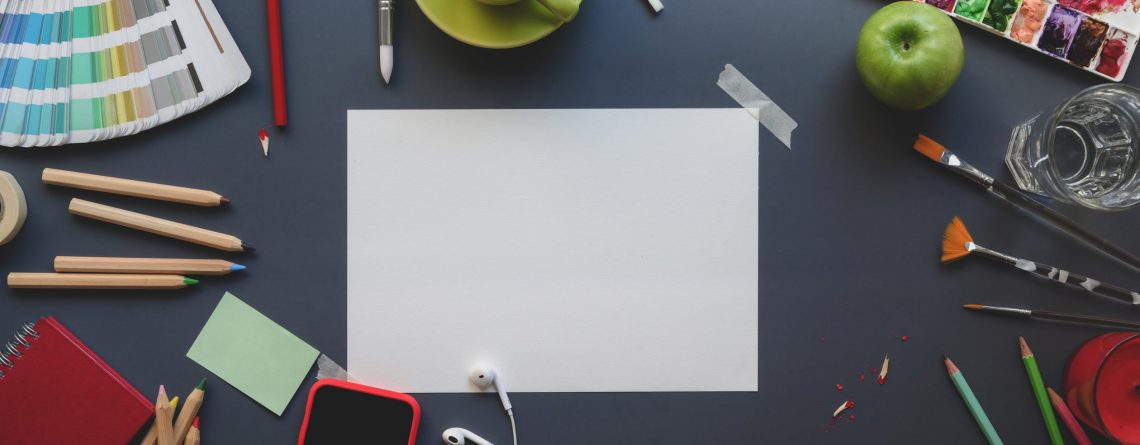One of the secrets of creativity is to be permanently in training. And taking advantage of this quarantine to improve, is one of the best ideas we can have. For this reason, today we bring you a list of 8 excellent courses for print designers for less than 15€ that will help you to improve your skills!
In this list you will find the courses you may need to learn new illustration techniques, to improve the print design process and also to keep growing as a fashion designer. All of them, have been found in Domestika, where they are working hard to offer us their best content at a lower price during the quarantine.
So here you are, the list:
We start with this free proposal that Domestika makes available to us only during the quarantine. In this course, estimated at 39.99 euros, Violeta will teach us illustration techniques inspired by nature and femininity. There are 20 lessons that become 5 hours of training, unmissable for any designer who is looking for innovation and focus their patterns on nature or women's figure.
With this course, Ana Blooms will give you the basis to start creating your own brand, with its history and its line, through the design of prints. You will learn some basics about illustration and the process of printing design.
The next proposal we bring you, even if it is not directly related to printing, is very interesting for all those who want to introduce themselves to floral design and then turn it into textile design. Maya introduces us to the world of acrylic with floral design, on the surface you prefer. She will give us tricks of composition, color, techniques, and much more!
Here is a specialized course in the whole process of designing textile prints. You will learn from Inés Aguilar how to get inspired by design, how to create different reports, finishes and see how colors behave in digital printing.
And if we continue with Inés Aguilar, we find this course, more focused on the creation of fashion garments and inspiration. In this one, the designer will transmit to us more than two decades of experience in the sector, from the complete process of creation of fashionable clothes.
With this workshop, take a step further with your illustrations and patterns. Learn to draw different patterns by hand, based on characters living together in colorful spaces. Be inspired by the ideas and techniques in this course to add a different twist to your next collection.
Another of the courses that will help you to complement your designs. If you would like to give a floral and botanical look to your new collection, in this workshop, Paulina Maciel teaches us the processes to make botanical composition illustrations in a precise way, taking the flowers and plants as a model.
BONUS:
Find the color palette that best defines you at any given time with this course by Ana Victoria Calderon. You will learn color theory, mixing knowledge and theory to develop two color palettes applied to illustrations.
We hope you liked our post and we will be happy to hear from you if you finally do one of these courses and your feedback!
Thank you,
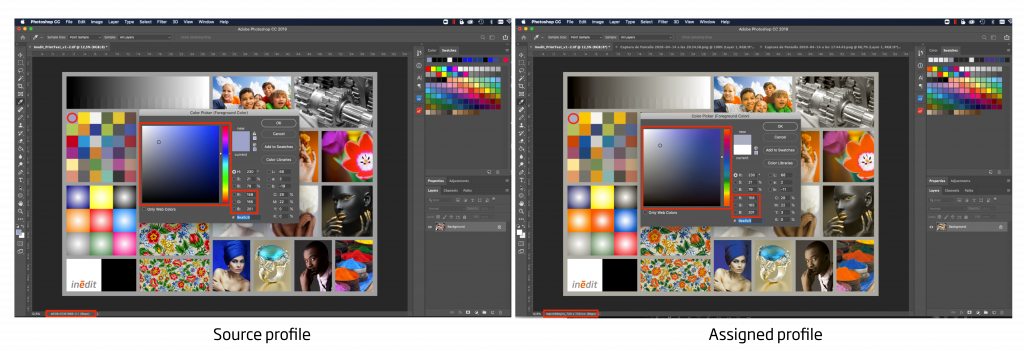
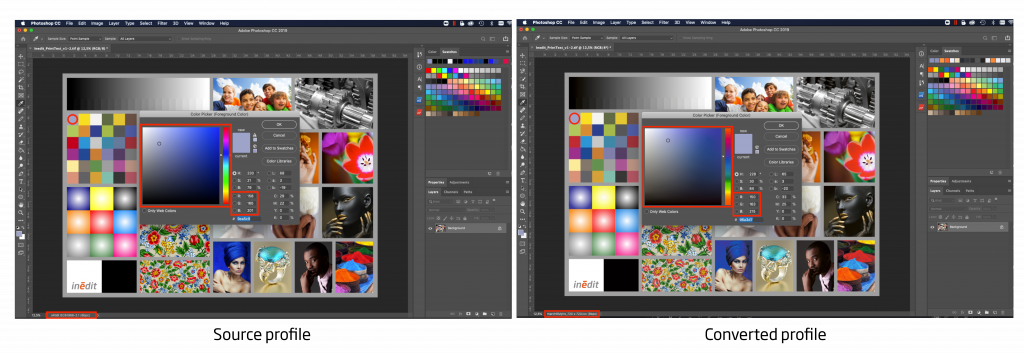
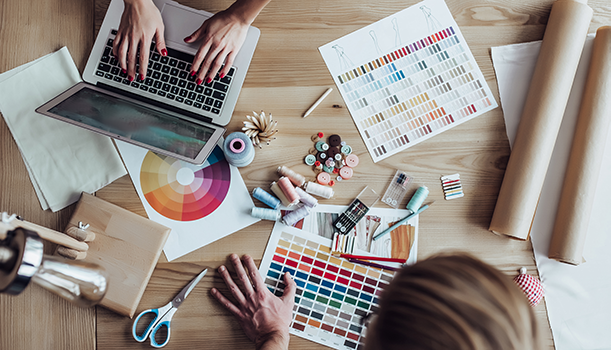
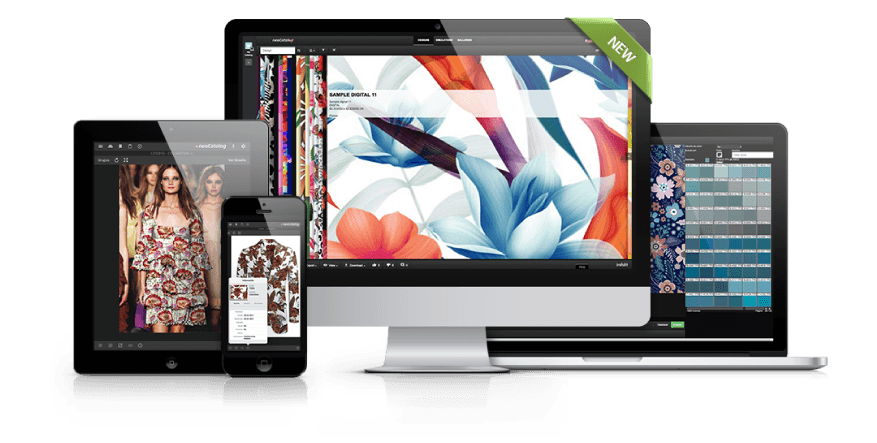
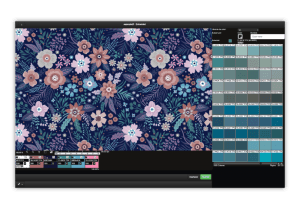 An interesting solution is the creation of a virtual showroom through which clients can be presented with the designs that are for sale. Virtual showrooms enable businesses to demonstrate how simple it is to modify designs at a moment’s notice. There are even tools that will allow a business to present a design in a 3D simulation. The client will have the product at their disposal and the salesperson will have the facility to show it without having to be physically there. One tool designed specifically for this purpose is neoCatalog – a collection of designs that are stored on a business’ own server. neoCatalog enables designs and galleries to be sent directly to clients.
An interesting solution is the creation of a virtual showroom through which clients can be presented with the designs that are for sale. Virtual showrooms enable businesses to demonstrate how simple it is to modify designs at a moment’s notice. There are even tools that will allow a business to present a design in a 3D simulation. The client will have the product at their disposal and the salesperson will have the facility to show it without having to be physically there. One tool designed specifically for this purpose is neoCatalog – a collection of designs that are stored on a business’ own server. neoCatalog enables designs and galleries to be sent directly to clients.
